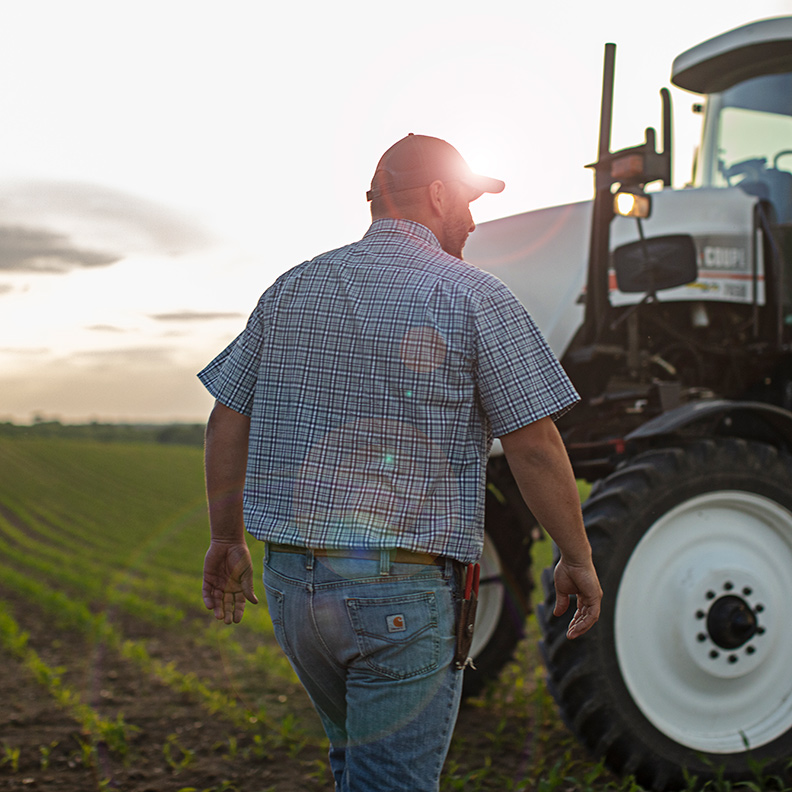Farming is a rewarding profession, though there can be challenges to getting started, particularly when it comes to acquiring land. Farmland value has increased steadily in recent years1, which puts a financial strain on beginning farmers looking to buy a plot and break into the industry.
This makes renting an attractive alternative. Renting farm production land is the most efficient and cost-effective way for young farmers to develop their operations. Let’s take a closer look at what you should know about renting farmland.
What land is available to rent?
In the U.S., about 60% of farmland is owner-operated2, with the rest rented or leased. That figure has stayed fairly stable over the past few decades, as landowners often hold onto and use their plots across multiple generations.
For farmers looking to identify farmland that is available to rent, the obvious place to start would be any family members who have their own farm operations. They may be willing to divvy up a chunk of land at a fair price. Other landowners in your area may have plots available as well, so it's a good idea to check with neighbors and others in your community.
How do farmland rentals work?
In general, the rental price is determined by the owner of the land on a per-acre basis. A number of factors can impact that price, including rental values for similar plots nearby, the land type and how much of it is tillable, and production history for the plot. While rents often vary considerably from county to county and state to state, you can still get a sense of fair value by talking to other farmers in your community who rent today. Many university extension offices also publish average per-acre values for crop and pastureland, which can be useful to reference.
Once you find land to rent and have identified the price, you can work with your financial partner to develop a cash flow plan. Based on the land cost as well as projected input costs for the crops you intend to grow, you can determine what type of return you’ll need from your crops to have a positive cash flow. If you’re projected to have a negative cash flow, you may need to find more affordable land, rent a smaller plot or consider a different mix of crops for a better return on investment.
Renting farmland is not a one-size-fits-all solution. It may be right for you as you’re getting started, though buying land could be more appealing as your farm matures, similar to how you might transition from renting an apartment to owning a home later in life. Work with an experienced ag banker to better understand the ins and outs of renting farmland to make the right decision for your growing operation.

